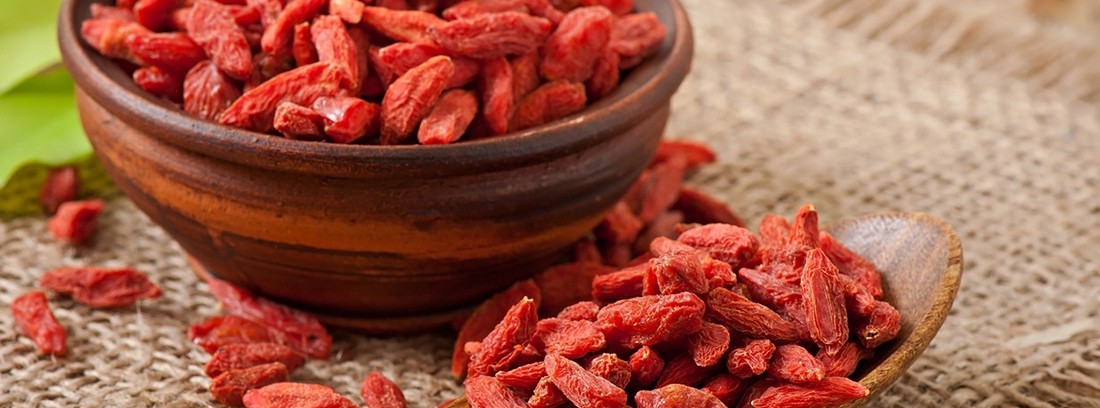Goji berries

Some years ago, small red fruits from Tibet known as goji berries, about which there was a lot of talk right away. However, these fruits did not stop generating a some controversy. While reports appeared that gave these berries little less than the quality of a panacea (which works for everything) and a source of eternal youth, articles appeared in the press about the poor quality of some of the berries that were marketed from China and elsewhere in Asia, which gave them some discredit.
Put them in their place
Both those that exaggerated its virtues, as well as those that only dealt with highlighting that there were some products on the market with poor quality (which also happens with apples or other vegetables), did a disservice to this food that, when It is of certified origin (like those that come from Tibet) and, therefore, they have quality, they are very interesting for their richness in essential nutrients and their quality of food with antioxidant properties. Let's see now what these berries are, what nutrients they provide us and what health benefits their consumption can have.
Goji (Lycium barbarum)
Goji is a shrub in the same family as tomatoes and peppers (Solanaceae), which grows in Tibet, the Himalayan area, and is also extensively cultivated in various areas of China and other geographical areas. The part used is the berries and, as with all vegetables, the quality and quantity of their nutrients depends on the growing area, since there are many factors that influence a plant to manufacture one or the other compounds and elements such as composition of the land, the height above sea level, the orientation, the hours of sun or shade, the winds, the level of dryness or environmental humidity, and the way of drying and conservation, will determine its composition and nutrient content.
Berries grown in Tibet at about 4,500 m altitude are famous for their quality. The berries are small, about the size of a grape, and a deep red color due to the carotenoids they contain. Dried berries are marketed that have a pleasant sweet taste with a very mild acid point.
The main nutrients
Tibetan berries contain very interesting compounds for human nutrition. They are a good source of amino acids, as they have a high content of proteins that include all the essential ones (which we absolutely need to acquire through our diet).
They also contain vitamins, especially vitamin C, in a proportion five times greater than oranges, as well as vitamin E and vitamins of group B (B1, B2 and B6), minerals (zinc, iron, copper, calcium, selenium, phosphorus, magnesium and potassium, among others) and omega 3 and omega 6 fatty acids, which are important for the body as they are necessary for the performance of various metabolic functions. In addition, they contain antioxidants as important as carotenoids (precursors of vitamin A), luteolin and zeaxanthin (important nutrients for the preservation of sight), superoxide dismutase that has a powerful free radical scavenging action, and other substances with various protective functions of the organism.
Traditional uses
Goji berries have been used for over 2,000 years in China and Tibet as food and are also part of the therapeutic arsenal of traditional Chinese and Tibetan medicine to "restore vital energy." In the Tibetan Medical College of Lhasa, they have been recovering the texts of the ancient traditions and proceeding to study them with modern technology.
Use as a health food
As is clear from its richness in essential nutrients and antioxidant and protective compounds, Goji berries are a healthy food that can be easily incorporated into the diet. They are great on their own, as a dessert, or even as a healthy, high-nutrient, low-calorie snack. They are also very pleasant mixed with yogurt or ice cream and also, with other fruits, in fruit salad or fruit salad, in smoothies, with chocolate, with cream and even incorporated into rice or pasta salads.
- When they are of certified origin (such as those from Tibet) and of quality, they are interesting for their richness in essential nutrients and antioxidant properties.
- Dried berries are marketed that have a pleasant sweet taste with a very mild acid point.
- They are very pleasant on their own, as a healthy, highly nutritious and low-calorie dessert or snack. They are also delicious mixed with yogurt.
(Updated at Apr 13 / 2024)